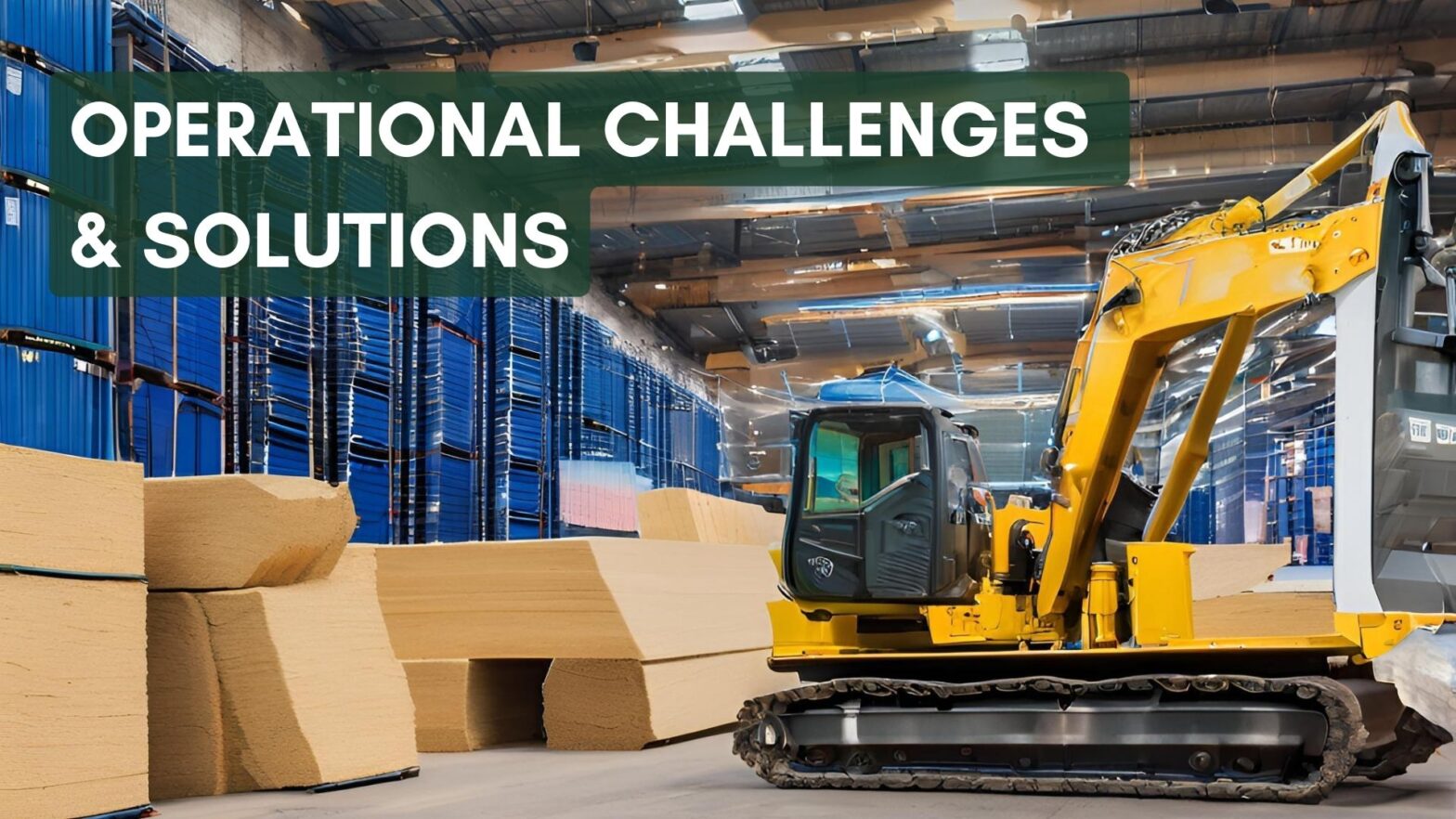“1. Understand the Different Material Types and Their Requirements
Before optimizing loads, it’s essential to understand the characteristics of the materials being transported. Building materials often vary in the following ways:
Size and Shape: Large sheets of drywall, long lengths of lumber, or bulky insulation boards all have unique loading and stacking needs.
Weight: Heavy materials (like concrete or metal beams) need to be loaded at the bottom, with lighter materials (such as insulation or plastic pipes) stacked on top.
Fragility: Some materials, such as glass or certain ceramics, require extra care to prevent damage during transit.
Environmental Sensitivity: Pressure-treated lumber or paints may need protection from the weather or sunlight.
By understanding these variables, you can make smarter decisions about how to load and secure mixed loads to maximize space and minimize damage.
- Prioritize Load Safety and Stability
Safety is paramount when loading mixed materials onto trucks. Proper load distribution and securing are critical for ensuring that materials remain stable during transit.
Key Practices:
Heaviest Items at the Bottom: Always load the heaviest materials first and place them at the bottom of the truck to create a stable base.
Stack Lighter Materials on Top: Lighter items like insulation, plastic pipes, or pallets of drywall should be stacked on top of heavier, sturdier materials.
Avoid Overloading: Ensure that the total weight does not exceed the truck’s rated capacity. Overloading can lead to fines, damage to the truck, and unsafe driving conditions.
Use Dividers and Barriers: Utilize load dividers or dunnage to create stable sections within the truck. This can prevent shifting during transit and keep different materials from damaging each other.
- Leverage Load Optimization Software
Using load optimization software can dramatically improve the efficiency of mixed-load configurations. These tools use algorithms to determine the most efficient arrangement of materials based on their size, weight, and handling requirements.
Features to Look for:
Dynamic Weight Distribution: Automatically balance weight across the truck bed to prevent tipping or damage.
Material-specific Preferences: Account for fragility and environmental sensitivities by recommending the best position for sensitive items.
Capacity Maximization: Use software to ensure that you are making the most of available space, especially when handling multiple types of material.
Integration with Inventory Management: Sync your load optimization software with your ERP or inventory systems to better plan for deliveries and manage stock.
Popular Software Options:
TruckMate
Loadsmart
Route Optimization Software (e.g., Descartes)
- Create Efficient Loading and Unloading Processes
Efficient loading and unloading processes can help minimize time spent on the yard, reduce labor costs, and avoid errors in load configuration.
Tips for Streamlining Operations:
Organize Materials by Delivery Route: Group materials according to their delivery locations, so that items going to the same area are loaded together. This minimizes unloading time at each stop.
Pre-plan Unloading Order: Plan to unload materials that are needed first at the site by placing them last in the truck. This minimizes the need to re-stack and move materials unnecessarily.
Use Material Handling Equipment: Employ forklifts, cranes, or conveyors for faster, safer unloading, especially when dealing with large or heavy materials.
- Optimize Driver Training and Communication
Drivers play an essential role in ensuring that loads are optimized and delivered safely. Training them on both the loading procedure and handling mixed materials is crucial.
Training and Communication Strategies:
Load Securing Best Practices: Ensure drivers understand how to properly secure loads, particularly when transporting materials that need special handling (e.g., shrink wrap for insulation or covering for weather-sensitive items).
Route Knowledge: Train drivers on optimal routes that avoid rough roads or areas where trucks might encounter issues due to load distribution.
In-transit Communication: Use real-time GPS tracking and mobile communication systems to monitor load safety, making adjustments as necessary to prevent shifting or damage.
- Implement a Continuous Improvement Process
After optimizing truck loads for mixed material types, continuously evaluate the process and make improvements as needed.
Strategies for Continuous Improvement:
Track Load Performance: Collect data on delivery performance, including any instances of damage, delayed deliveries, or safety issues related to load configuration.
Customer Feedback: Get feedback from delivery teams and customers about material handling and delivery processes. This will help identify areas for improvement.
Post-Delivery Inspections: Regularly inspect loads upon delivery to check for damage. Identify patterns and work to correct them in future shipments.
- Explore Specialized Equipment for Certain Material Types
Certain materials may require specialized equipment to optimize transportation. For example:
Flatbed Trailers: Useful for large, heavy, or irregularly shaped materials that need to be secured properly.
Refrigerated Trucks: Required for materials that need to stay at specific temperatures, such as certain paints or adhesives.
Custom Racks and Pallets: Use racks or specialized pallets for fragile materials like windows, glass, or tile to prevent damage during transit.
Conclusion
Optimizing truck loads for mixed material types in building supply requires careful planning, the right technology, and ongoing training. By considering the unique needs of each material, using load optimization tools, and fostering communication between your team, you can improve operational efficiency, reduce costs, and enhance customer satisfaction.
With these strategies in place, distributors can maximize truck capacity, minimize damage during transit, and streamline both the loading and delivery process for all types of building materials.


